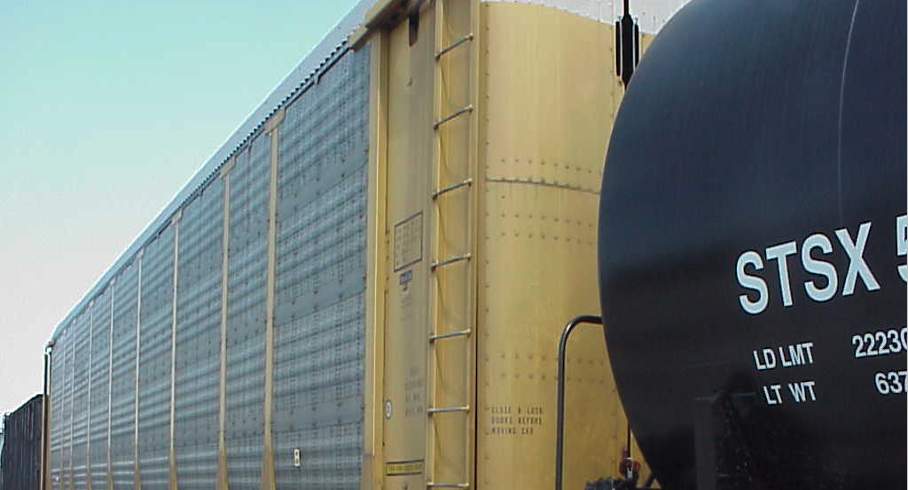Throughout the twentieth century, railroads commonly used asbestos in engine repair shops, roundhouses, rail yards, and on locomotives due to its strength and heat resistant properties. Asbestos was used in floor and ceiling tiles, on steam and hot water pipe insulation, boiler insulation, transite boards in signal systems, in railroad brake shoes, and many other places. The health risks associated with asbestos were widely known by railroad medical officers starting in the 1930s, according to meeting minutes from the American Railway Association. As early as 1958, these railroad medical officers were also discussing the fact that asbestos was a cause of cancer. Despite their knowledge of these hazards, the railroad chose to withhold this information from railroad workers who were exposed to asbestos on a daily basis.
According to a study from the American Journal of Industrial Medicine written by Dr. Thomas Mancuso, which focuses on mesothelioma among railroad machinists, “increased cancer risk occurs wherever the exposure to asbestos exists, regardless of the job title, job assignment, or location of the exposure.” In addition to railroad engineers, firemen, conductors, brakemen, track workers, and signal maintainers, machinists and other shop workers faced significant exposure to asbestos. The Mancuso study contains several personal accounts of railroad machinists who were exposed to asbestos dust while servicing locomotives and steam cranes. Without personal protective equipment, lagging men removed and replaced old asbestos from the engines and cranes. Airborne asbestos dust landed on every surface in the repair shops, including tool boxes, lockers, and clothing. This affected machinists, boilermakers, pipefitters, sheet metal workers, laborers, electricians, painters, welders, and people of any other crafts working in the shops. These work conditions also meant that railroader’s families may have been exposed to significant amounts of asbestos, as workers brought the dust home on their clothing. The study ultimately found that there were significant instances of mesothelioma among railroad workers, and called for further recognition and exploration of occupational cancers.
The United States Environmental Protection Agency (EPA), National Institute for Occupational Safety and Health (NIOSH), and Occupational Safety and Health Administration (OSHA) provide detailed information about asbestos and the health risks resulting from prolonged exposure, such as asbestosis, mesothelioma of the pleura, and other forms of cancer. Our website also provides information about mesothelioma and asbestos specific to railroad workers. If you are a railroad worker who was diagnosed with mesothelioma from occupational exposure to asbestos and would like to speak to a railroad cancer attorney, contact us today.
References;
Mancuso, T. F. (1983), Mesothelioma among Machinists in Railroad and Other Industries. Am. J. Ind. Med., 4: 501-513. doi:10.1002/ajim.4700040404





